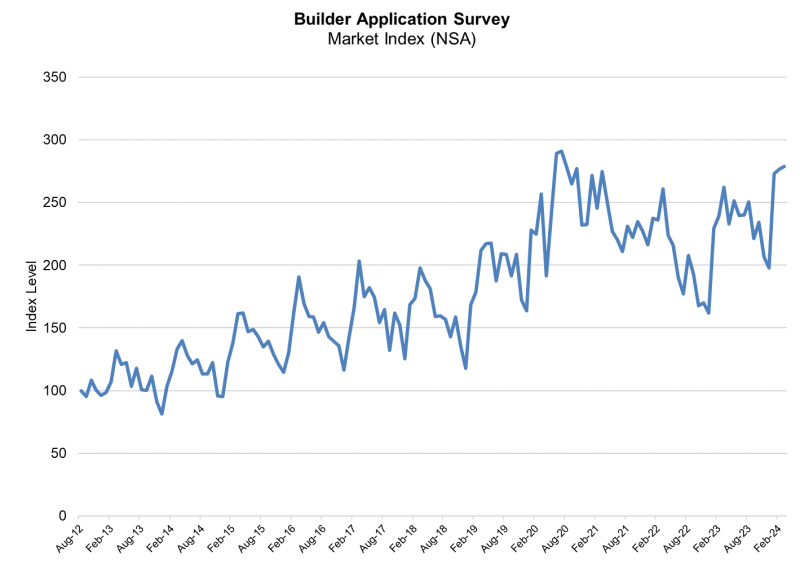Advertisement
Lend America partners with the Rainy Day Foundation to support Homeowner Education and Loan Protection Program
Bridge capital is alive and wellDarin YoungBridge capital, bridge loans, Hawkins Capital
It is an unusual day in today's market for my company to not get
a call from a developer looking for capital where a traditional
lender has stopped funding a project. Amidst the credit crunch
funding for many projects has simply ceased all together. So what
are the advantages of bridge capital?
Speed of execution
Bridge transactions can be closed in as little as five business
days without the need for an appraisal prior to funding.
Term to one-year
Bridge transactions can be structured from one to 12 months, with
extensions possible allowing a project to be completed, rehabbed,
leased, sold and/or stabilized for permanent financing without
prepayment penalties.
Creative structure
In many cases, existing projects may not have sufficient equity.
Bridge transactions can often be structured using cross collateral
allowing a project to be completed without additional capital
investment by the developer/investor.
Cash out
Amidst the "credit crunch" many developers/investors have lost
liquidity. Cash out transactions can be structured on existing
income producing commercial property providing instant liquidity to
the developer/investor.
Distressed asset workouts
Since bridge transactions are asset based, credit and income are
secondary. If sufficient equity exists in real estate assets a
workout transaction can usually be structured to save a distressed
asset.
Costs
While interest rates and points are higher than traditional
financing, bridge capital is significantly less expensive than
equity.
Overall, bridge capital can be a valuable tool for a
developer/investor enabling an asset to be completed, rehabbed,
leased, sold or stabilized.
Darin Young is a business development officer for Hawkins
Capital, a direct lender based in Salt Lake City, Utah. He may be
reached at (801) 936-5100 or e-mail [email protected].
About the author





